There’s something so comforting about a dish that fills your kitchen with the scent of sizzling sausage and sweet peppers. This Sausage and Pepper Skillet Recipe is just that — a vibrant, flavorful one-pan meal that brings a touch of rustic Italian charm right to your table.
Jump to:
Why You'll Love This Recipe
I still remember the first time I made this Sausage and Pepper Skillet Recipe — it was one of those evenings when everything just clicked. The sausages browned perfectly, the peppers softened just right, and that tomato-basil sauce? Truly magic on a plate. It’s a recipe that hits the cozy, hearty notes but doesn’t keep you stuck in the kitchen all night.
- Simple One-Pan Cooking: You toss everything in one skillet, making cleanup as easy as dinner is delicious.
- Vibrant, Fresh Flavors: The mix of bell peppers, garlic, and fresh basil gives it bright, fresh layers.
- Flexible and Customizable: Whether you like mild or spicy sausage, red or green peppers, it adjusts effortlessly.
- Perfect for Any Occasion: Great for a busy weeknight yet flavorful enough for casual entertaining.

Ingredients & Why They Work
Each ingredient in this Sausage and Pepper Skillet Recipe plays a special part in building those intense, comforting flavors. Here’s why these are the stars of the show and a few tips I picked up along the way.

- Italian sausage links: I like using both mild and spicy varieties depending on my mood; the fat from the sausages adds incredible flavor to the dish.
- Olive oil: Helps brown the sausage and soften the vegetables without overpowering the flavors.
- Bell peppers: I usually choose one red and one yellow for a colorful skillet, but green works just as well — they bring sweetness and crunch.
- Yellow onion: Gives a natural savory base that balances the sweetness of peppers.
- Tomato paste: Concentrated flavor that thickens the sauce and adds that classic Italian richness.
- Minced garlic: Fresh garlic is a must — it wakes up the whole dish.
- Red pepper flakes: Adjust these to control the heat; I like a little kick but it’s totally up to you.
- Low-sodium chicken broth: Adds moisture and depth without making the sauce too salty; can be adjusted to your taste.
- Balsamic vinegar: A small splash brightens the sauce with a subtle tangy sweetness.
- Roma tomato: Adds fresh juiciness and breaks up the richness a bit.
- Fresh basil: Nothing beats fresh basil for that authentic fragrant finish.
- Dried oregano: It brings classic Italian herbal notes to round out the flavor profile.
- Parmesan cheese: A sprinkle at the end melts into the sauce and adds savory, nutty richness.
- Fresh basil or parsley for garnish: A final fresh pop of color and flavor that makes it feel special.
Make It Your Way
One of the best things about this Sausage and Pepper Skillet Recipe is how easy it is to make your own. I often tweak it depending on what’s in my fridge or how much time I have.
- Variation: Sometimes I swap Italian sausage for chorizo or even chicken sausage for a lighter twist — it all works beautifully!
- Vegetable Swap: Got zucchini or mushrooms? Toss them in for extra veggies and texture.
- Spice it up: Feel free to add more red pepper flakes or a dash of smoked paprika for a smoky heat.
- Make it vegetarian: Use plant-based sausage alternatives and vegetable broth to keep that hearty feel without the meat.
Step-by-Step: How I Make Sausage and Pepper Skillet Recipe
Step 1: Brown the Sausages to Lock in Flavor
Heat the olive oil in a large skillet over medium heat. Add your Italian sausage links and let them brown evenly — this usually takes about 8 to 10 minutes. Don’t rush this part; that golden crust is what makes the sausage taste incredible later. Once browned, transfer the sausages to a plate but keep the flavorful fat in the pan to cook your veggies.
Step 2: Sauté Your Peppers and Onions
Next, add your sliced bell peppers and onion to the hot skillet. Sauté them for about 3 minutes until they start to soften but still hold a bit of crunch — trust me, that texture really makes a difference.
Step 3: Build a Flavorful Base
Stir in the tomato paste, minced garlic, and red pepper flakes, cooking for another minute. You’ll notice the smell change — rich, garlicky, with a hint of heat. That’s when you know you’re on the right track.
Step 4: Add Liquids and Simmer with Sausages
Pour in the chicken broth and balsamic vinegar, then add the sliced roma tomato, fresh basil, and dried oregano. Season with salt and pepper to your taste. Give everything a good toss, then nestle those sausages back into the mixture. Bring it all to a gentle simmer, cover, and let it cook on low for about 10 minutes. This is where the sausages finish cooking and the peppers get lovely and tender. If it looks too thick, don’t hesitate to add a splash more broth.
Step 5: Rest, Slice, and Toss with Parmesan
Remove the sausages from the skillet and let them rest for 5 minutes, tented loosely with foil. Meanwhile, keep the pepper mixture warm in the pan. Once rested, slice the sausages and add them back into the skillet along with a generous sprinkle of finely shredded parmesan. Toss everything together so the cheese melts and hugs those flavors perfectly.
Top Tip
I learned over time that letting the sausages rest before slicing keeps them juicy and helps avoid that greasy texture you sometimes get if you slice too soon. Plus, browning the sausages well at the beginning infuses the entire dish with richness you just can’t skip.
- Don’t Skip Browning: Taking the extra time to brown the links builds deep flavor and texture.
- Low and Slow Simmer: Simmering on low tightens the sauce and tenderizes the peppers without drying out the sausages.
- Adjust Broth Wisely: Add chicken broth little by little to keep the sauce perfectly saucy but not watery.
- Fresh Herbs Finish: Adding basil at the end brightens the dish, so don’t skip that fresh touch.
How to Serve Sausage and Pepper Skillet Recipe
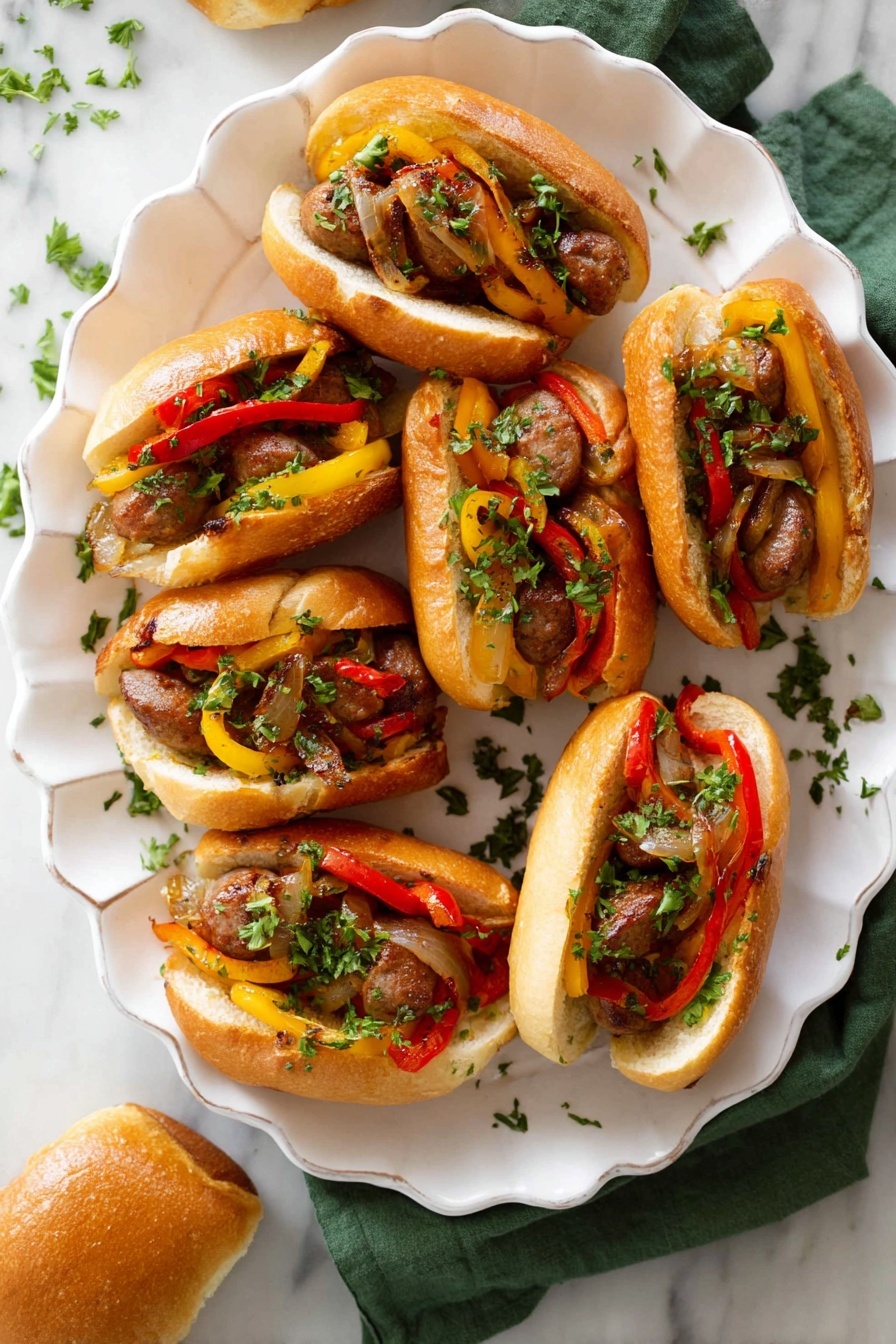
Garnishes
I personally love topping this skillet with a little more fresh basil or parsley — the freshness really cuts through the richness and adds a beautiful pop of green. If you’re feeling indulgent, a sprinkle of extra parmesan cheese just before serving is heavenly.
Side Dishes
This recipe pairs beautifully with crusty crusty bread or hoagie buns for sausage sandwiches. I also enjoy serving it alongside creamy polenta, buttery mashed potatoes, or even over a bed of fluffy rice. Pasta lovers can toss it with penne or rigatoni for a simple, satisfying dinner.
Creative Ways to Present
For a casual gathering, I like making sausage and pepper sliders by slicing the sausages and piling them into mini buns with the pepper mixture — always a crowd-pleaser! For a family dinner, serve the skillet right on the table with warm sides so everyone can dig in family-style.
Make Ahead and Storage
Storing Leftovers
I usually let leftovers cool completely, then store them in an airtight container in the fridge. The flavors actually deepen overnight, making for a tastier lunch the next day.
Freezing
This dish freezes really well for up to 3 months. Just portion it into freezer-safe containers, thaw overnight in the fridge before reheating, and you’re all set for an easy dinner later on. Just keep the parmesan cheese to add fresh after reheating for the best texture.
Reheating
I reheat leftovers gently in a skillet over low heat, adding a splash of chicken broth if the sauce has thickened too much. This keeps the sausages juicy and the peppers tender without drying out the dish.
Frequently Asked Questions:
While pre-cooked sausage can speed up the process, I recommend cooking raw sausage links yourself to get that perfect browning and flavor infusion from the rendered fat. This step boosts the entire skillet’s taste and texture.
The heat level depends on the sausage and how much red pepper flakes you add. I usually use mild sausage and add red pepper flakes to taste so I can control the spice level easily. You can adjust it to suit your family’s preferences.
Reheating gently in a skillet over low heat with a splash of chicken broth helps maintain moisture and flavor. Covering the pan while reheating traps steam and keeps everything tender.
Absolutely! This Sausage and Pepper Skillet Recipe is great for meal prep since it stores well and tastes even better the next day. Just reheat portions as needed and add fresh basil or parmesan before serving for that just-made taste.
Final Thoughts
This Sausage and Pepper Skillet Recipe has become one of those staples I rely on when I want something quick, satisfying, and bursting with flavor. I hope you find the same joy in making it — it’s like a little Italian escape that you can whip up on any busy night. Give it a try and watch how those simple ingredients come together to create something truly comforting and memorable.
Print
Sausage and Pepper Skillet Recipe
- Prep Time: 20 minutes
- Cook Time: 20 minutes
- Total Time: 40 minutes
- Yield: 5 servings
- Category: Main Course
- Method: Stovetop
- Cuisine: Italian
Description
A flavorful and hearty Italian-inspired dish featuring juicy sausage links simmered with colorful bell peppers, onions, and a savory tomato-based sauce, finished with fresh herbs and parmesan cheese. Perfect served in hoagie buns or alongside potatoes, rice, or pasta.
Ingredients
Sausage and Vegetables
- 5 Italian sausage links (20 oz.), mild or spicy
- 1 tablespoon olive oil
- 2 large bell peppers (one red, and one yellow or green), cored and sliced
- 1 large yellow onion, sliced
- 1 large roma tomato, halved and sliced
Sauce
- 3 tablespoon tomato paste
- 1 tablespoon minced garlic
- ½ teaspoon red pepper flakes, or to taste
- ¾ cup low-sodium chicken broth, then more to taste
- 1 tablespoon balsamic vinegar
- 3 tablespoon chopped fresh basil
- 1 teaspoon dried oregano
- Salt and pepper to taste
Finishing Touches
- ¼ cup finely shredded parmesan cheese (grated with a rasp grater)
- Chopped fresh basil or parsley, for garnish
Instructions
- Cook Sausage: Heat olive oil in a large skillet over medium heat. Add sausage links and cook until browned on all sides, about 10 minutes. Transfer sausages to a plate, leaving the rendered fat in the skillet.
- Sauté Vegetables: Return skillet to medium heat. Add sliced bell peppers and onions and sauté for 3 minutes until slightly softened.
- Add Flavorings: Stir in tomato paste, minced garlic, and red pepper flakes. Cook while stirring for 1 minute to release aromas.
- Create Sauce: Pour in chicken broth and balsamic vinegar. Add sliced tomato, chopped fresh basil, dried oregano, and season with salt and pepper to taste. Toss to combine.
- Simmer Sausage with Peppers: Nestle the browned sausages into the pepper mixture. Bring to a simmer, then reduce heat to low. Cover and simmer for 10 minutes until sausages reach an internal temperature of 160°F and peppers are tender. Add an additional ¼ cup chicken broth if needed to thin the sauce.
- Rest and Slice Sausage: Remove sausages from skillet and let rest on a cutting board tented with foil for 5 minutes. Keep the pepper mixture warm in the pan with the lid on.
- Combine and Serve: Slice the sausages and return them to the skillet along with the parmesan cheese. Toss everything together until well combined and the cheese melts slightly. Garnish with chopped fresh basil or parsley. Serve in hoagie buns or alongside potatoes, rice, polenta, or pasta.
Notes
- Use mild or spicy Italian sausage links according to your heat preference.
- If you want a vegetarian version, substitute sausages with plant-based Italian sausages and vegetable broth instead of chicken broth.
- Fresh basil adds a bright flavor; if unavailable, increase dried oregano slightly.
- For a thicker sauce, reduce the amount of chicken broth or simmer uncovered for a few extra minutes.
- Serve with crusty bread or on toasted hoagie buns for a classic Italian sausage and peppers sandwich experience.
Nutrition
- Serving Size: 1 serving
- Calories: 350 kcal
- Sugar: 5 g
- Sodium: 600 mg
- Fat: 25 g
- Saturated Fat: 9 g
- Unsaturated Fat: 14 g
- Trans Fat: 0 g
- Carbohydrates: 10 g
- Fiber: 2 g
- Protein: 20 g
- Cholesterol: 70 mg

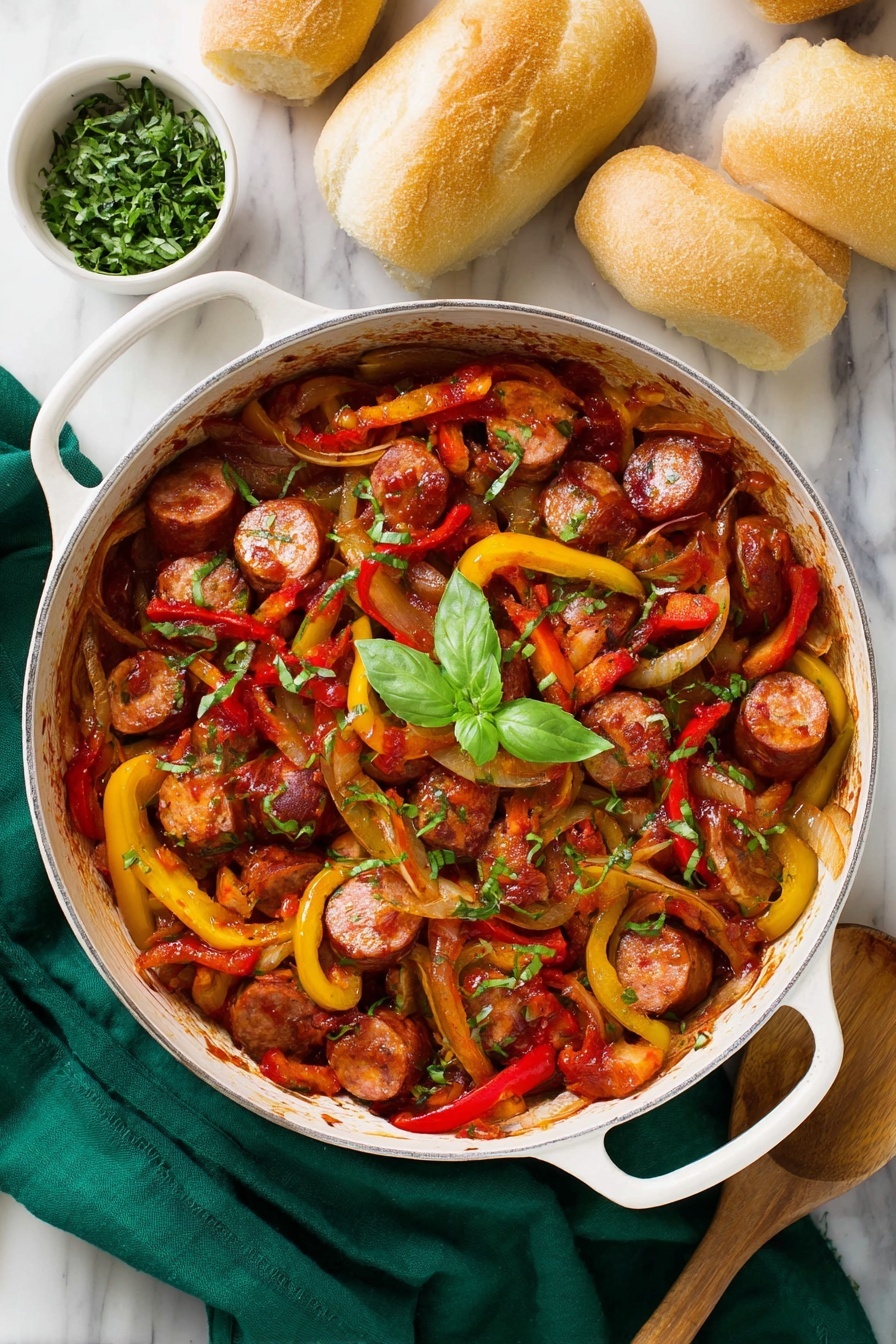
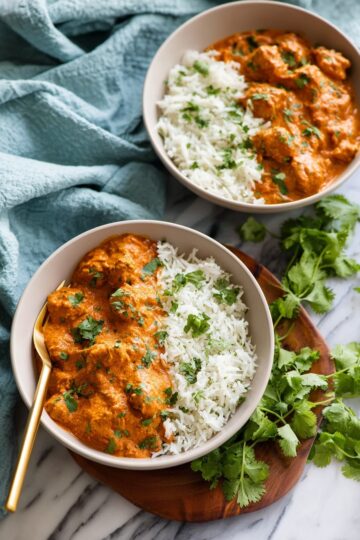
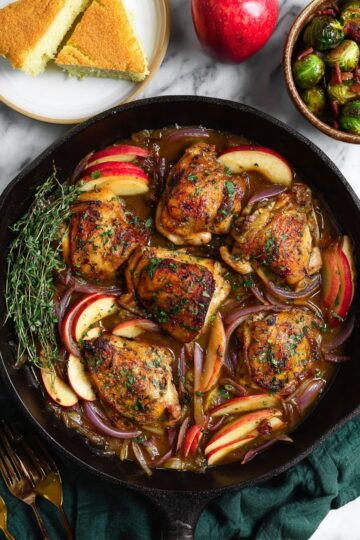

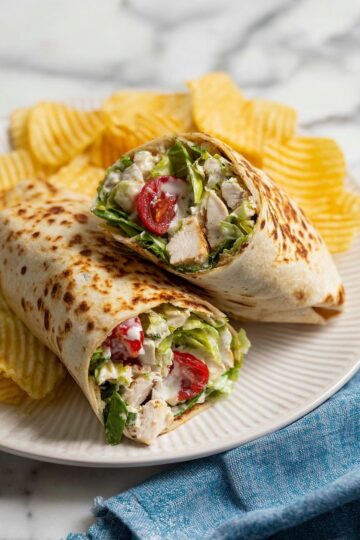

Leave a Reply